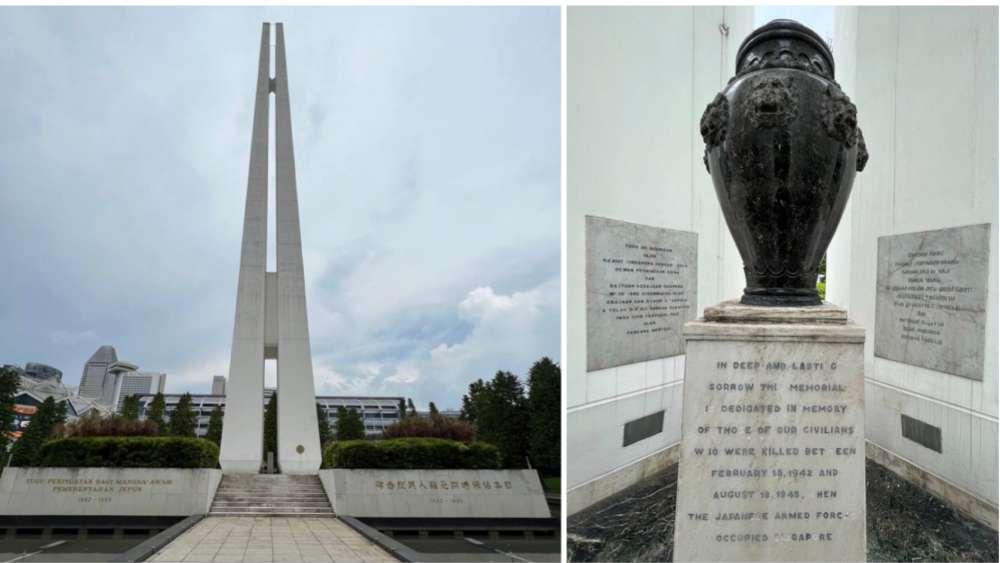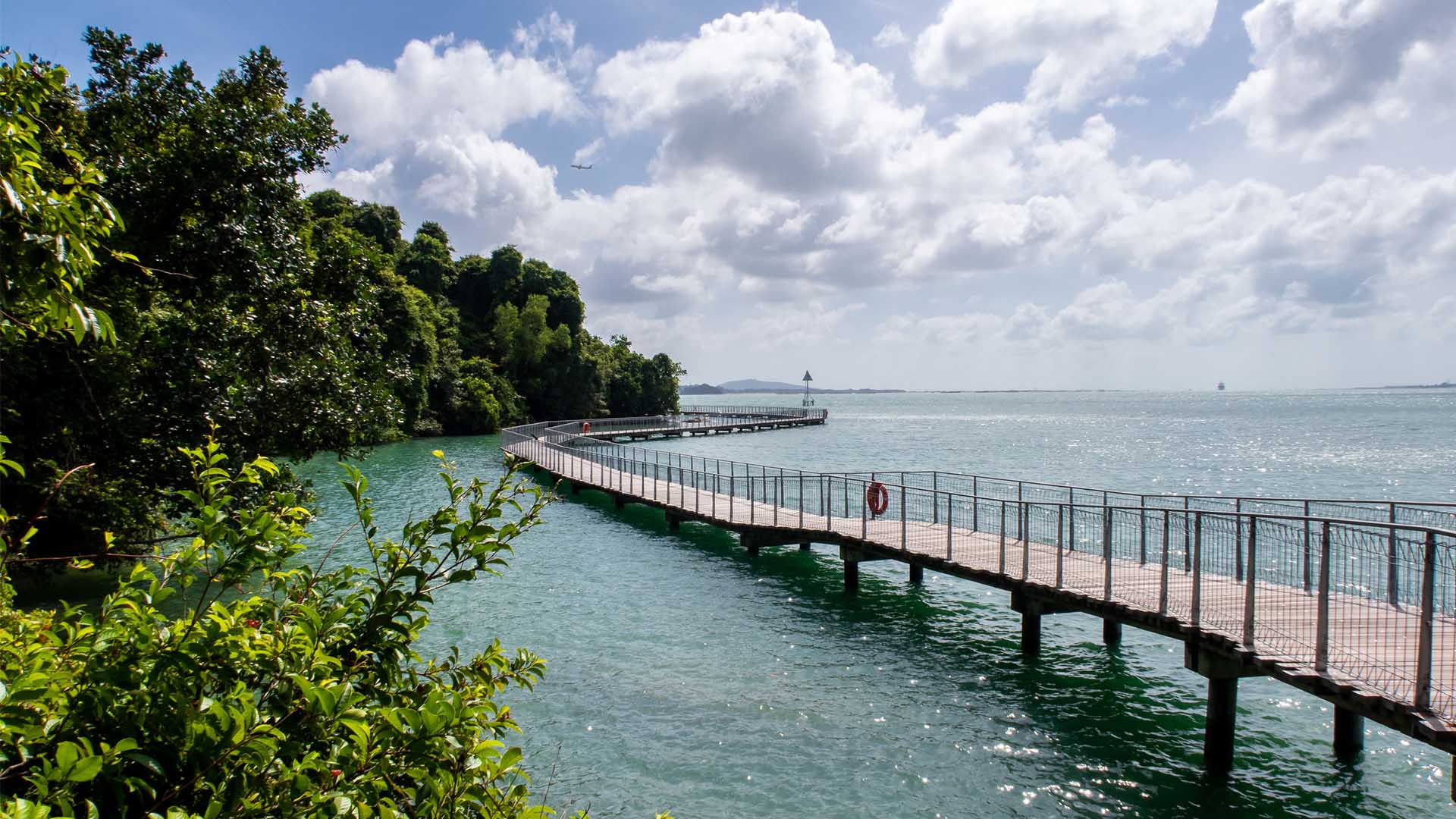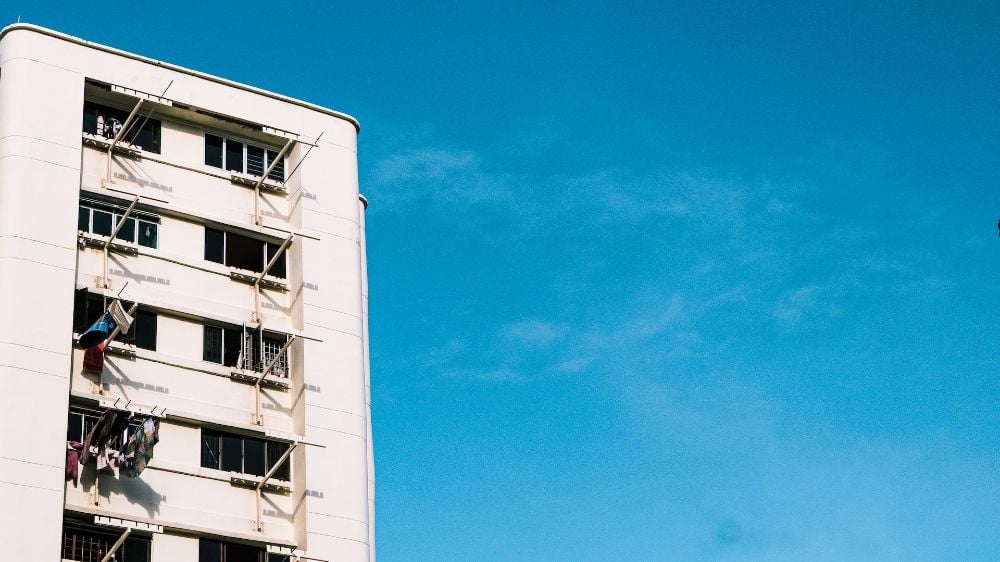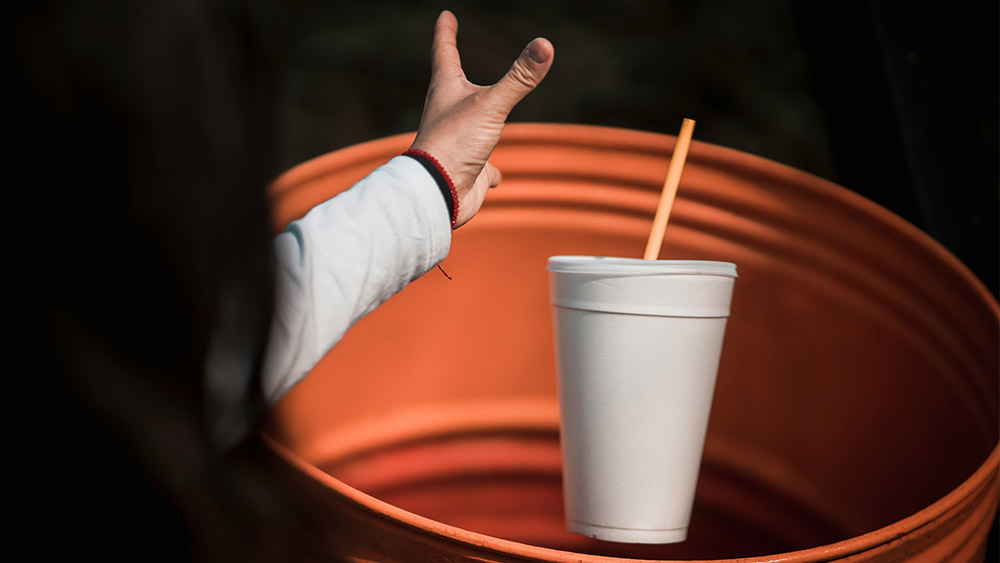Tired Of Nagging Your Kids About Plastic Bags And Straws? Start Here Instead
Turning Singapore into an eco-friendly nation requires so much more than just planting more trees, banning plastic bags, and doing away with straws. But teaching kids about environmental initiatives is more effective when we show, not tell. And what better way to ‘show’ than by bringing them to some of our country’s eco-friendly sites? Or better yet, by partaking in some earth-friendly activities as a family?
To learn more about Singapore's eco-friendly efforts for environmental sustainability, try these activities:
1. Pick up rubbish
Taking part in a beach or kayak clean-up is a fun way to get healthy outdoors and do something good for the environment too by helping minimise the amount of litter and plastic waste that gets washed into the ocean. There are many social enterprises that conduct coastal clean-ups to help deal with waste more sustainably, including Green Nudge, Seven Clean Seas, and Adventure Paddlers’ unique Eco Tour via kayak.
2. Picnic at Marina Barrage
Marina Barrage transformed Singapore’s downtown city into the world’s largest urban reservoir, serving three main purposes: provide a significant portion of local water supply when combined with 14 other reservoirs; help prevent flooding in low-lying suburbs; offers several lifestyle activities such as kayaking, boating and dragon boating. Tour the massive hydro dam and check out their Sustainable Singapore Gallery that outlines the government's efforts toward environmental sustainability.
3. Take a walk in the parks and nature reserves
Singapore is home to many nature reserves, but three of the most eco-friendly ones are probably:
- Bukit Timah Nature Reserve – it’s a primary rainforest
- Sungei Buloh Wetland Reserve - a mangrove forest protecting a large number of migrating birds. (Sign up for a National Parks Board guided tours by park specialists on selected weekends at www.nparks.gov.sg/visit/parks/sungei-buloh-wetland-reserve/activities/nature-walks-tours)
- Central Catchment Nature Reserve – a 2,000-hectare reserve for hiking nuts. Made up of the secondary forests around the Upper Peirce, Peirce, MacRitchie and Seletar Reservoirs, it’s a great way to spend the day in nature.
4. Explore Singapore’s urban green wonders
Thankfully there is a push for an increasing number of green buildings around town to improve their environmental impact. In addition to water resource and waste management, the government also provides incentives for land developers that incorporate green technology into the design and construction of all new buildings, and to those who renovate older buildings to similar standards. In 2023, Sentosa Development Corporation (SDC) announced the resort island would be transformed into a carbon-neutral destination by 2030, and there is even the possibility of having mandatory green buildings mandatory across the island soon.
For instance:
- Marina Bay Sands is the largest building in Singapore to earn the Green Mark Platinum Certification thanks to its many green initiatives in place. These include a very efficient water-saving system at its rooftop infinity pool; an Intelligent Building Management System for conservation purposes and for automated control over lighting, heating and water; reduced energy consumption (700 fewer light bulbs) by sustainably harnessing natural daylight collected over the hotel’s glass facades; 40% more energy-saving regenerative lifts; and more efficient methods to distribute chilled water for air-conditioning.
- The Grand Hyatt uses the Trigeneration Plant, its in-house waste recycling system, to better utilise its energy and resources, dramatically cut down on water usage, and convert 100% of its food waste to organic fertiliser, sustainably meeting 30% of its electricity needs simultaneously.
- CapitaGreen building in Tanjong Pagar has more than half its exterior covered in living foliage. Plus the rooftop boasts a pretty neat rooftop garden and an equally eco-friendly restaurant which sources all of its ingredients sustainably from eco-conscious farms.
- Gardens by the Bay is home to over 158,000 plants that greatly help offset some of the city’s carbon emissions. Some of the trees collect rainwater in reservoirs, which then feeds back to the plants in the park; others contain photo-voltaic cells to generate solar energy and exhaust air from the two conservatories; and visit the Cloud Forest to learn about Singapore’s environmental challenges (particularly rubbish, global warming and the effect of rising sea levels).
- The Hive at NTU is famous for its unique honeycomb-based design wrapped in natural foliage that gives this green eco-campus a unique cooling ventilation system.
5. Have an eco-friendly staycay
Designed as a hotel-in-a-garden, PARKROYAL COLLECTION Pickering is a multiple-winner of the prestigious title of "Asia’s Leading Green Hotel" and was the World's Leading Green City Hotel from 2018 to 2021. Fun fact: Foliage covers more than 200% of the 16-storey hotel's land area (15,000sqm).
Its green concept is supported by lush sky gardens, mini-waterfalls and clusters of large-leaved plants such as Monsteras and Alocasias. In addition to green touches, eco-friendly practices at the sustainably-designed hotel include using photo sensors to monitor light levels; minimising water usage by harvesting rain; glass windows to maximise natural light; plant-based menus dining and eliminating all single-use plastics from public areas.
For the latest updates on Wonderwall.sg, be sure to follow us on TikTok, Telegram, Instagram, and Facebook. If you have a story idea for us, email us at [email protected].









/eco_toys_rectangle.jpg?sfvrsn=a9a1d75a_1)

